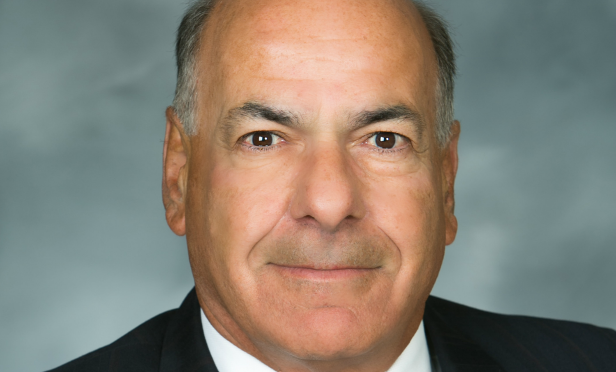Industrial developers might have the most challenging asset class to build—at least in Los Angeles. With limited quality land for development and growing demand for more industrial space, industrial developers have had to adapt to building on difficult sites or difficult projects. This could mean constrained sites, land with environmental issues, or massive industrial parks that can accommodate the clear heights, truck yards and other amenities modern industrial users are demanding.
“All of the easy sites are gone. At Trammell Crow, we tend not to work on the easy sites,” John Balestra, SVP at Trammell Crow Company's Southern California office, tells GlobeSt.com. “Our Brickyard project was a former brick pit that had a host of challenges. We have redeveloped landfills and trash dumps, and we have developed properties with environmental challenges because there is no easy green field left. That is the real bottom line for an infill developer in Los Angeles. We are in a world where capital wants to get invested here so badly, and you have to be willing to undertake some risk on challenging projects because there is nothing easy left.”
Trammell Crow Company has partnered with Clarion to build the long awaited Center at Needham Ranch, a 54-acre industrial and business park totaling 869,760-square-foot and 7-building in Santa Clarita. While the site is technically a “green field” without environmental challenges that often come with infill development projects, its massive size came with its own challenges. “As industrial developers, we are not accustomed to moving millions of cubic yards of dirt on a project,” says Balestra. “On phase 1, we have more than 4 million cubic yards of dirt that we are moving, along with water lines, sewer lines and storm drains on what was raw, unimproved hillside land. It was hard for us to get comfortable, understand the risk and underwrite the project given the potential volatility of issue that arises in the field given that scope of work.”
Because of the challenges, it took a full year for the developer to get comfortable with the site before ground breaking. The preparation included only due diligence as it was fully entitled at the time of the land acquisition. “Ultimately, we were able to get comfortable with a year of due diligence and working with a good team with relevant experience so that we could successful manage through the risks and deliver the project on time,” says Balestra. “This is just one example of the challenges that industrial developers are facing to bring new product to market.”
Development challenges are also not limited to new, ground-up construction. Balestra says that there are similar challenges on redevelopment sites as well, especially of former industrial sites. “We are redeveloping either older existing industrial, which in some cases present those environmental challenges that you have to work through,” he says. “That has become typical and most people have figure out how to manage through that. We are seeing developers taking on landfill sites and other complex challenging properties.”
© 2025 ALM Global, LLC, All Rights Reserved. Request academic re-use from www.copyright.com. All other uses, submit a request to [email protected]. For more information visit Asset & Logo Licensing.








